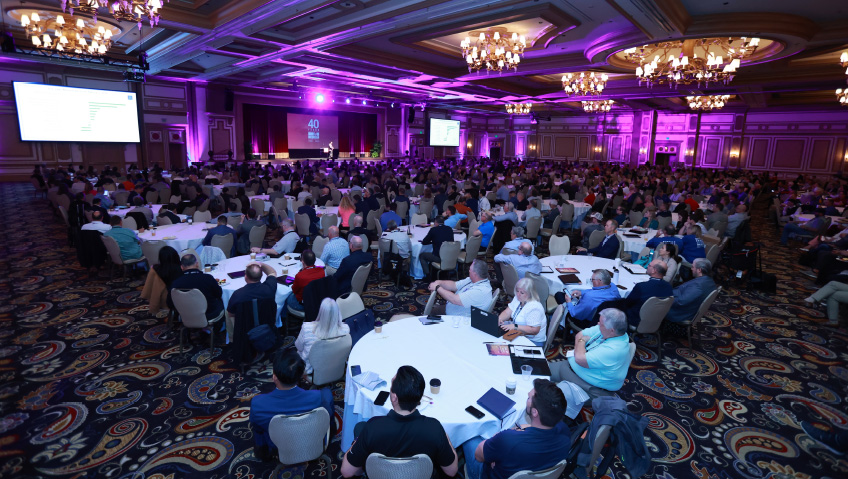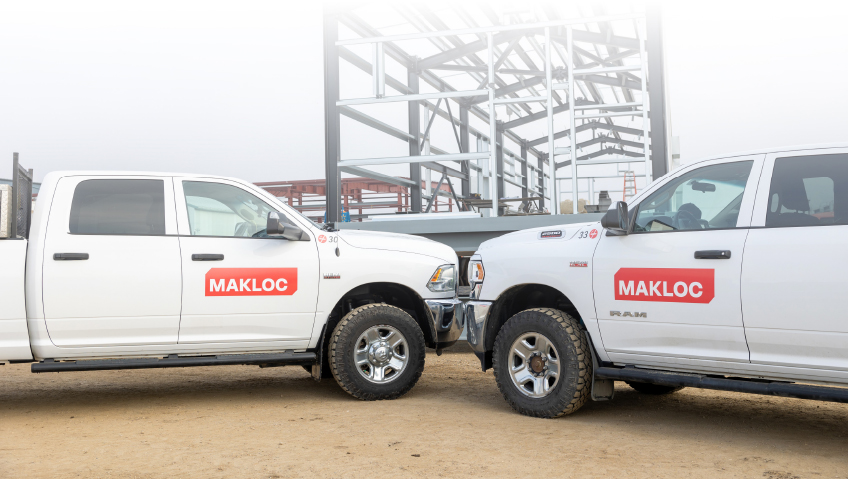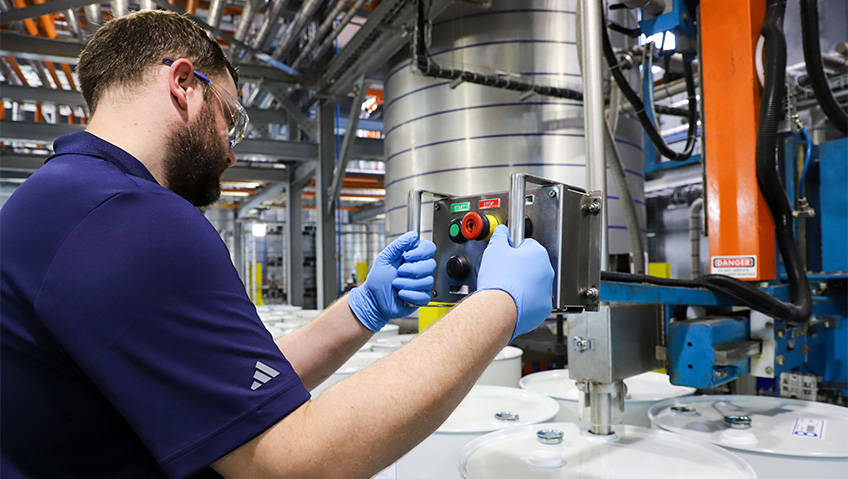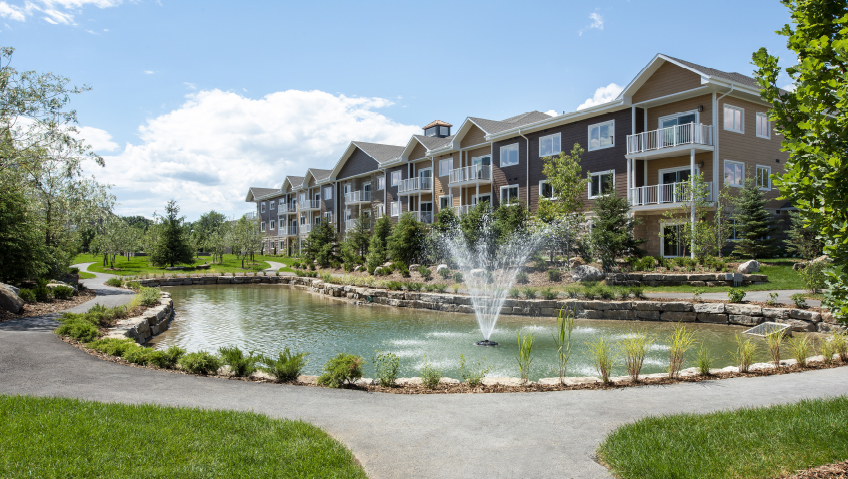The Modular Building Institute (MBI), a global non-profit trade association based in Charlottesville, Virginia, represents several facets of the modular industry, a sector that has experienced soaring growth in recent years.
“Modular construction is where traditional construction meets modern manufacturing,” explains Marketing Director John McMullen.
In traditional construction, the frame, walls, floors, and ceilings are installed and erected on the building site. In modular construction, portions of the structure including panels, rooms, and other spaces are built offsite in a factory and then transported to the building site. Once at the building site, these portions are assembled and erected.
There are two main types of modular construction: permanent and re-locatable. The former refers to hotels, apartment buildings, health care facilities, and other structures that are not intended to be moved. Re-locatable modular buildings might be moved to different locales and can include temporary housing, mobile office buildings, and classrooms. In 2022, for the third year in a row, multifamily was the leading market for new permanent modular structures, accounting for approximately a third of factory output.
There are over 250 modular manufacturing firms in North America, serving a growing industry. The market share for permanent modular construction grew from 2.14 percent of new starts in North America in 2015 to 6.03 percent of new starts in 2022. Permanent modular construction revenues reached over $12 billion that year.
This growth is thanks to the many benefits modular construction offers, in the form of safety, speed, and sustainability, states McMullen. For a start, the majority of modular construction takes place in a controlled factory environment, reducing the risk of accidents and incidents.
“There are no partially-built buildings to climb, no makeshift gangways to navigate, and no scaffolding to put together. Tools are safely stored and secured at permanent work benches, and light, temperature, and weather are all taken out of the equation since work is performed indoors. It’s just a safer, more predictable, more comfortable environment for workers all around,” he says.
As for speed, “modular construction allows for site prep and construction to take place simultaneously, saving up to fifty percent of the time needed to open the doors of a finished building,” he continues.
Modular construction also offers benefits for the environment. “Modular construction is inherently more sustainable than traditional construction. Because buildings are created in a factory using repeated elements, there is much less waste generated than there would be for one-off projects built on-site,” McMullen explains. This means less debris to dispose of since construction waste is a major contributor to landfills. Modular homes can be more energy-efficient than their conventional counterparts as well, thanks to tighter building envelopes and superior heating, ventilation, and air conditioning (HVAC) systems.
The MBI was founded in 1983 as the Mobile Modular Office Association. “As the name suggests, the founding companies were mostly dealers of re-locatable office buildings. They came together to strengthen and formalize the industry, which was routinely challenged by intrastate code and inspection issues,” McMullen recalls.
Along the way, the MBI expanded to include companies involved in permanent modular construction and changed its name accordingly. It currently boasts over 500 member companies, for which it provides networking, training, work leads, and advocacy. While it still focuses on building code and inspection issues, the organization now has a hand in developing construction standards.
“We’re creating building standards, building awareness of the benefits of modular construction, and working with state and federal-level agencies to generate more opportunities for the industry,” says McMullen.
In terms of its advocacy work, the institute is firmly opposed to the possible expansion of the Davis-Bacon Act, a piece of federal legislation passed in 1931 to ease economic distress during the Great Depression. The act requires that laborers and mechanics be paid “the local prevailing wages for work done on public works projects… Simply put, a prevailing wage is the basic hourly rate of wages and benefits paid to a number of similarly employed workers in a given area,” explains the MBI.
Over the years, the law was expanded, to include military-related construction projects in 1941, for example. Until recently, however, the Bacon-Davis Act had little impact on the modular industry. As modular construction is done with “modern manufacturing techniques in one or more offsite factories, often in different states, prevailing wages didn’t apply to modular construction projects, public or otherwise,” the MBI points out.
In March 2022, however, the U.S. Department of Labor announced it was re-evaluating the Davis-Bacon Act with a view to extending the legislation to cover modular construction. Such a move would “impose prevailing wages on offsite and modular manufacturers working on federal construction projects,” which would mean “our members would be effectively priced out of competition,” says McMullen.
Beyond regulatory issues, other barriers exist to the greater acceptance of modular construction. Traditional construction companies and contractors often view modular construction with suspicion, as it goes against decades of existing building practices. Some consumers falsely assume modular buildings are of low quality. The reality is very different; since modular construction is handled off-site, modular buildings are actually quite structurally sound. The sections, after all, have to be well made in order to withstand high winds and adverse weather conditions during highway transportation.
“Many people are also still not clear about how modular construction works and how it benefits stakeholders,” McMullen adds. “Code compliance and building inspection issues still pop up, but we’re very responsive to those and are helping state-level officials understand the process, and we’re deeply involved in the creation of national standards for modular building projects.”
In addition to educating politicians, the MBI works hard to enlighten the public on the benefits of modular and reaches out to students as well. As the institute highlights, modular construction is not a new development. Thousands of years ago, Roman armies built pre-fabricated wall sections and then transported them to create instant fortifications.
Historic as modular construction might be, the industry faces modern-day challenges. The COVID pandemic, for example, put the modular sector on notice as it did the entire construction industry. Horrid as the virus was, it gave a boost to modular construction.
“Clinics, temporary hospitals, and other space solutions of all kinds were needed quickly, and the industry really delivered. Our factories were often eligible for waivers since they were producing critically needed infrastructure, so they stayed open,” McMullen remembers.
Not only could modular buildings be created and erected quickly, but they also often arrived ready for instant use and did not take up a huge amount of space. The COVID crisis was just the latest disaster in which modular construction has come to the fore. Modular construction has long been a popular option following other catastrophes, from fires to earthquakes, when temporary medical facilities and housing for displaced residents are required.
MBI keeps tabs on the role of technology within the modular industry. Robotic systems are becoming more common in modular manufacturing, often taking on dull, time-consuming tasks previously done by people. Robots can streamline manufacturing processes, driving down costs even more, which is good news for anyone looking for affordable housing (a critical issue amid soaring real estate prices in parts of Canada and the United States).
“Robotics has already been adopted by several of our members,” states McMullen, and the adoption rates are increasing. “It will certainly be a boon for efficiency and precision, especially for projects that require large amounts of repetition. As robotic manufacturing evolves, likely assisted by the evolution of AI, I think it will only add to the benefits that modular construction already provides.”
Going forward, he offers a positive forecast for both the MBI and the modular construction industry at large. This April, the MBI marked its milestone anniversary in style, with a highly successful World of Modular tradeshow and conference in Las Vegas. Over 1,500 people attended to hear presentations and seminars, mix and mingle, and witness an awards of distinction ceremony.
“The 2023 World of Modular was an amazing success for MBI. Not only was it our best-attended event ever, but we had the most diverse group of attendees we’ve ever had. We had some of the founders of the association returning to celebrate the 40th anniversary of MBI, and we had high school students from a local trade school learning all about the industry,” McMullen says.
As for the industry itself, “I expect the market share for modular construction will keep rising as it has been, if not more quickly. The need for housing is critical across the country, and we’re seeing more and more projects delivered across North America. It’s a bright outlook, to be sure,” he adds.






